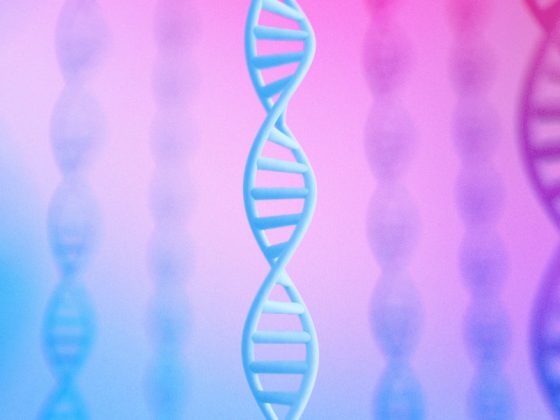What’s News
Counterfeit versions of biopharmaceutical company Gilead Sciences’ HIV medicines ended up on pharmacy shelves and in patients’ hands, according to court documents recently released.
From our partners:
Gilead pointed to a network of small drug suppliers and distributors that tampered with packaging and falsified the medications’ pedigree — the documentation that comes with drugs and is meant to authenticate them. The network ultimately sold 85,247 counterfeit bottles of branded medications worth more than $250 million.
SAP’s Take
In the U.S., once a drug is sold to a wholesaler, the pharmaceutical maker does not know where it goes. European regulations led to the creation of a system to store and share such information, but the U.S. Drug Supply Chain Security Act of 2013 doesn’t require the pharmaceutical industry to implement one until 2023.
“In Europe, they’re set up today where pharmacies could do a verification,” said Kevin Brophy, SAP life sciences industry advisor at SAP. “You can’t do verification here.”
What the U.S. does have right now, Brophy says, is a “track and trace” system for drug returns. By borrowing some tactics and technology from that approach, the pharmaceutical industry could create a system could prevent counterfeits from entering the system in the first place, Brophy said.
In fact, it’s likely that by next year, the pedigree documentation system will be improved. “Technology has a big play here to help with the holes we just saw in the system, and information holes will be improved,” Brophy said.
On deck is the use of an information collaboration hub, where crucial information can be accessed to trace drug shipments. Beyond that, technology is being developed that would create a passive system, which would not require a suspicious pharmacist to act to verify the product authenticity. Instead, that data would be standard with other product-specific information
Further innovation could come with the use of blockchain technology, which today is used to track and trace drug returns. Among other things, blockchain allows all parties to enter and see exactly where a product is at any given time in the returns process. That can be used to enhance a tracking system for sales.
“You can embed things into a blockchain to provide 100% verification on a scan of something,” Brophy said.
For enquiries, product placements, sponsorships, and collaborations, connect with us at [email protected]. We'd love to hear from you!
Our humans need coffee too! Your support is highly appreciated, thank you!




